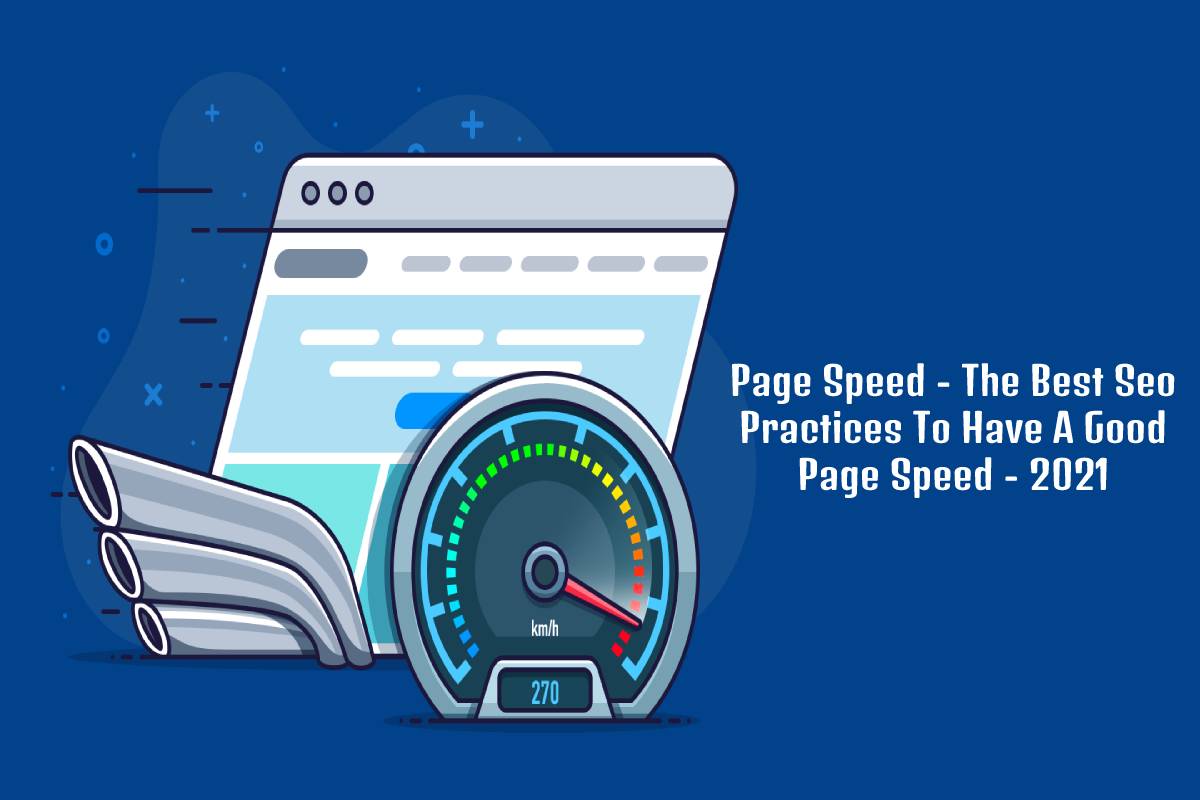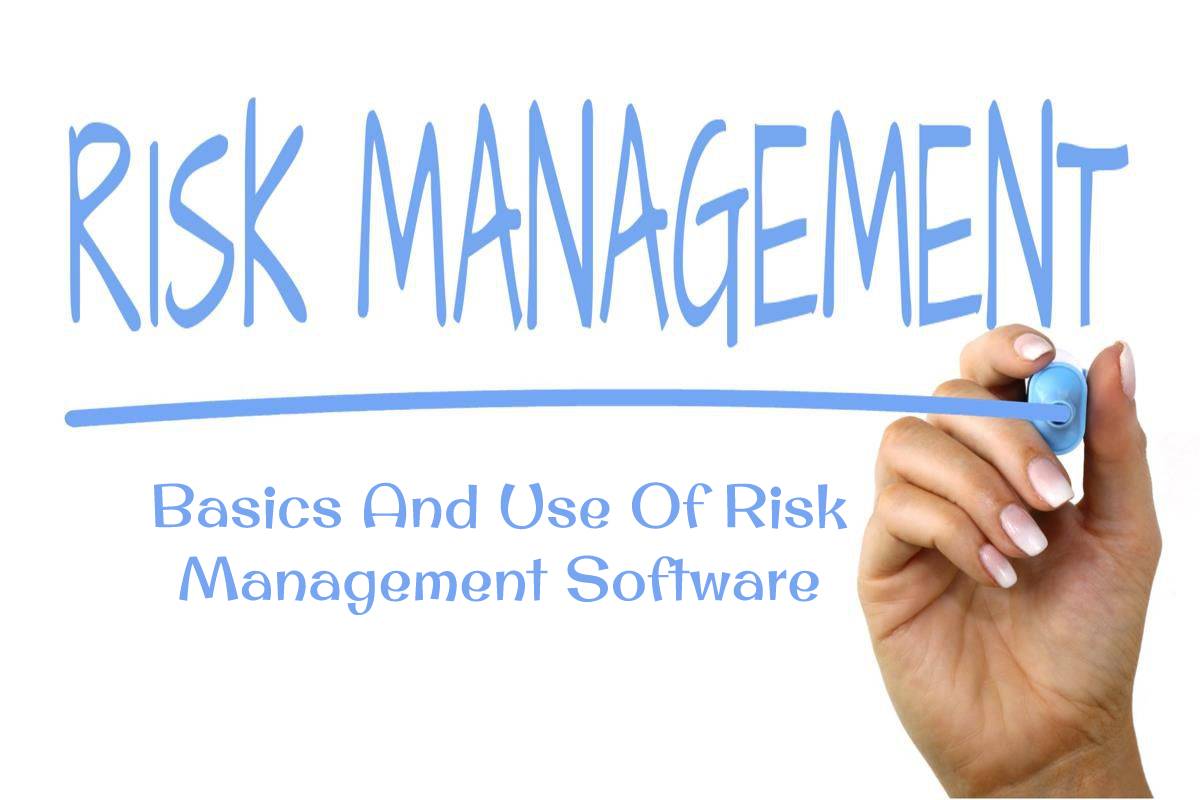Table of Contents
What is Page Speed?
The page speed is the time it takes a page to load, that is, how long it takes to show the user all its content.
The page speed is a sample of the speed of the entire website since each of the pages can have a slightly different loading speed. However, because it is the same structure, the variation in speed between each of the pages of a website is minimal.
Why is Page Speed Important?
Page speed is extremely important to satisfy two fundamental elements: the user and the search engines .
How Does It Satisfy The User?
Nowadays the public demands agility at all times, the same goes for websites.
If a search page is slow to load, the user can easily lose interest and will look for another option that satisfies them. Even if you don’t, this delay will cause the user experience on our website to be less than the best.
A dynamic website contributes, and a lot, with a good experience, which can incentivize their return.
Why Is It Important To Search Engines?
One of the factors considered for good positioning in search results is page speed. Therefore, a good loading speed is important for search engines to consider your content as relevant to the user.
The page speed associated with good SEO practices will allow your website to be well seen by search engines.
How Do You Know What The Page Speed Is?
To find out what page speed is, Google created a very useful tool: Page Speed Insights. With it, you will not only be able to discover the page speed of any page on your website (or that of the competition), but you will also find recommendations to improve it.
This resource will give you a complete diagnosis of everything that interferes with the loading speed. In addition, it will indicate which are the improvements must be made to make your website faster.
As it is quite a demanding tool when it comes to speed, the diagnostics and optimization tips are quite good to improve page speed.
If you are looking for a complete analysis, you can use another excellent instrument for this task: GTmetrix. Much of the information is more detailed and the best of all is that it indicates the basis of the problem, ideal if you are not an expert in this area.
When using GTmetrix, you will see that on many occasions the server is responsible. In these cases you must contact your hosting to solve this type of problem.
What Are The Best Seo Practices To Have A Good Page Speed?
Within SEO there are some practices that can help you improve page speed. Do you want to know anything? Here we go!
Optimize Images
The images are excellent in any content, they attract the attention of the user and make the texts easier to be consumed.
However, many overlook some important considerations that must be made. One of them is its size.
Reducing the weight of an image does not mean damaging its visual quality. There are tools that can help you optimize images manually or directly on your website.
The most practical way is using a plugin, if you use WordPress I recommend EWWW Image Optimizer. This plugin, in addition to optimizing the images that you will upload in the future, optimizes those that are already on your website, converting them to the most suitable file format.
If even after using this tool, you notice that there are some images that were not processed, you will have to do it manually. For that, you can use an online tool like Optimizilla, which will allow you to compress the images while maintaining the quality you want.
It has a responsive design
Responsive design is essential for SEO but this can also influence page speed.
Responsive design does not only refer to the aesthetic part, of course, it is the most obvious: the size of the letters, of the buttons; the visual part is what is most noticeable.
However, there are many things behind it. A responsive design is lighter than one loaded on a computer. This will not only save the user data, it will also influence the speed.
Delay loading unviewable images
Another very important recommendation that can help page speed a lot is to postpone the loading of the images that do not appear on the screen.
What does this mean? Not all the images that are on the page fit within the screen that the user is viewing, right? Well, if you don’t see them, they don’t need to load when you open the page, they can load as the user scrolls down.
This resource can be configured in WordPress with Lazy Load or Lazy Load by WP Rocket. These two plugins are very easy to use and significantly improve loading time.
Create AMP
AMP (Accelerated Mobile Page) pages arose from an open-source project created by Google to accelerate and improve web pages on mobile devices.
The sites that remain created using this technology load much faster, it could remain said that almost instantly, on tablets and cell phones.
If you don’t want to alter the codes and you use WordPress you can use the AMP for WP plugin. It will allow you to build your pages from various templates available.
Take Advantage Of The Cache
As is known, the cache remains used to save, on the user’s device, the content of the web page that is accessed. In this way, in future visits, the loading time will be faster. Generally, this is done automatically, however, extra help may be necessary.
To help you with this task there are several plugins for WordPress that can help you. I recommend these two: W3 Total Cache and WP Fastest Cache. In addition to improving the loading time, it will also improve the SEO of your website.
Avoid Being Redirected Many Times
Every time a page remains redirected, you have to wait the natural time take by a request and a response.
For example, if when typing the name of your page «pagina.com», the redirect is «-> www, pagina.com -> m. pagina.com -> m.pagina.com/home », you are losing speed. Since in each redirect, there is a time that used for each of the requests and responses.
Ideally, it should just be “page.com -> m.page.com”.
These are some of the recommendations that by following them, you will not only significantly improve your page speed, but also, and not least, you will optimize the user experience .



